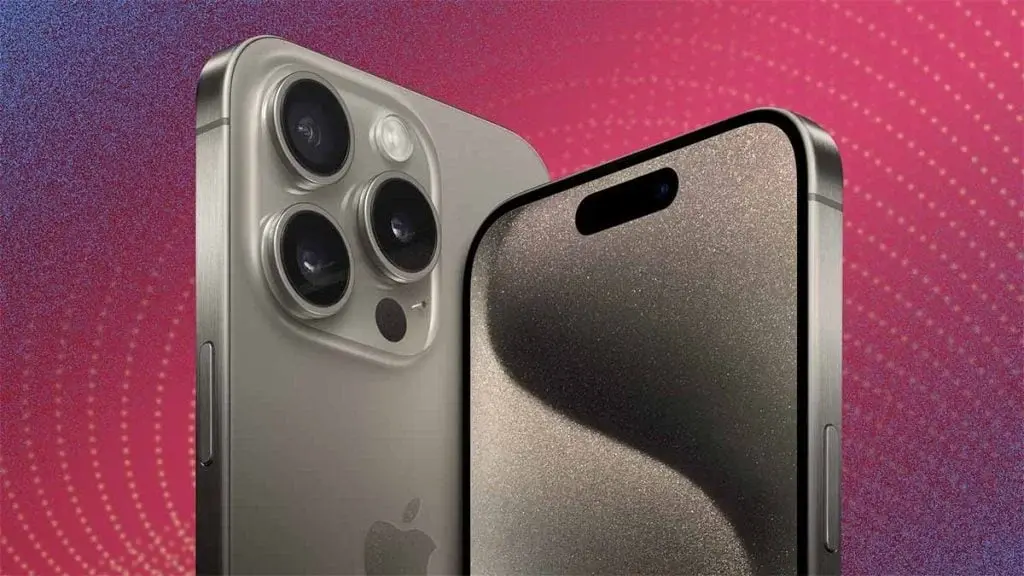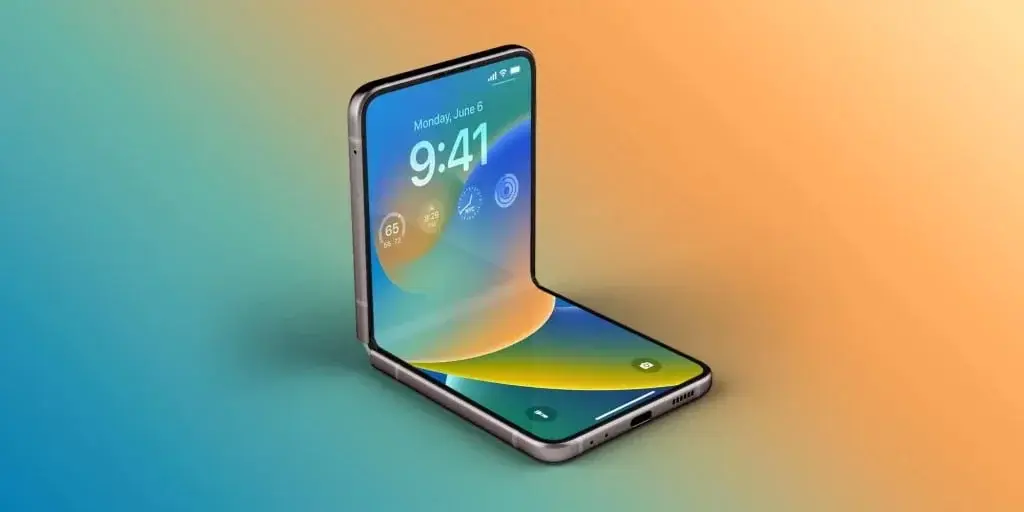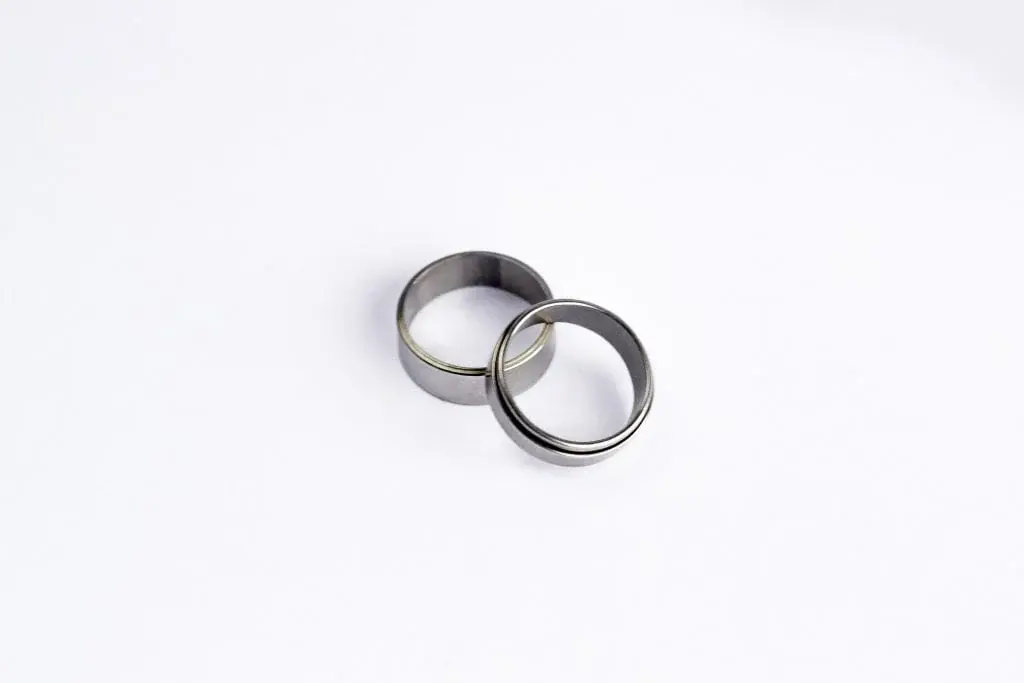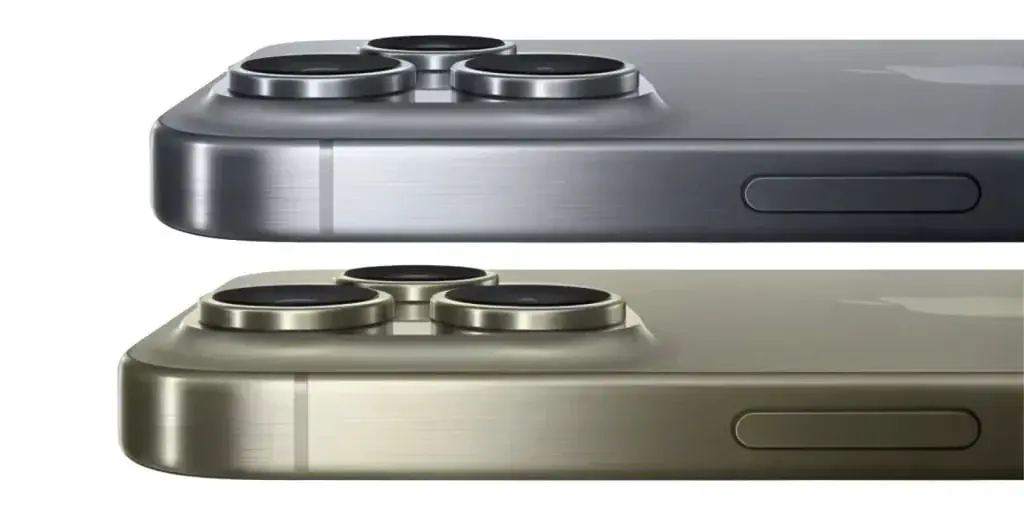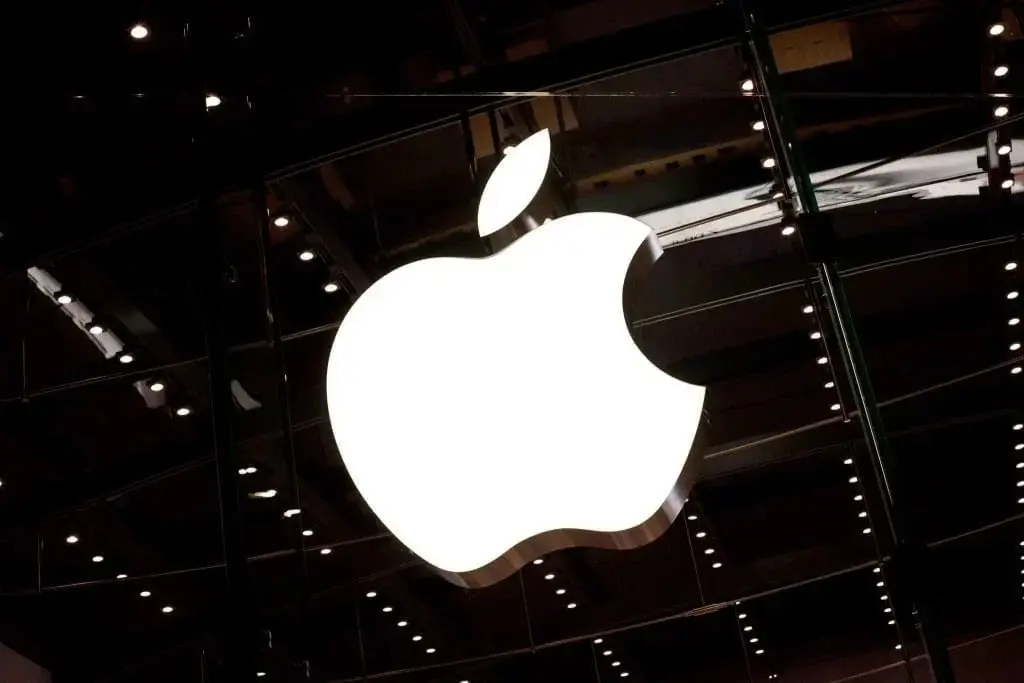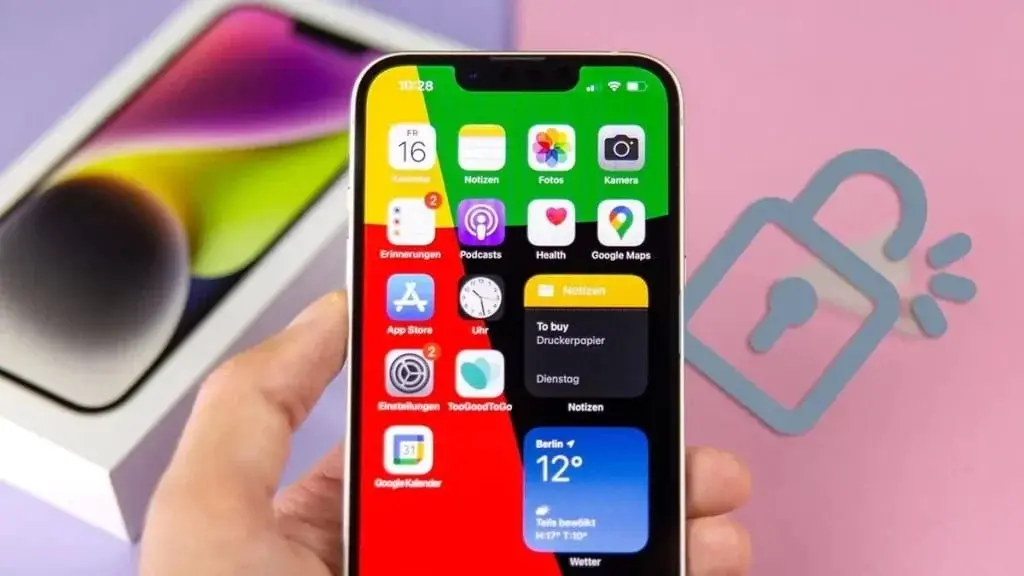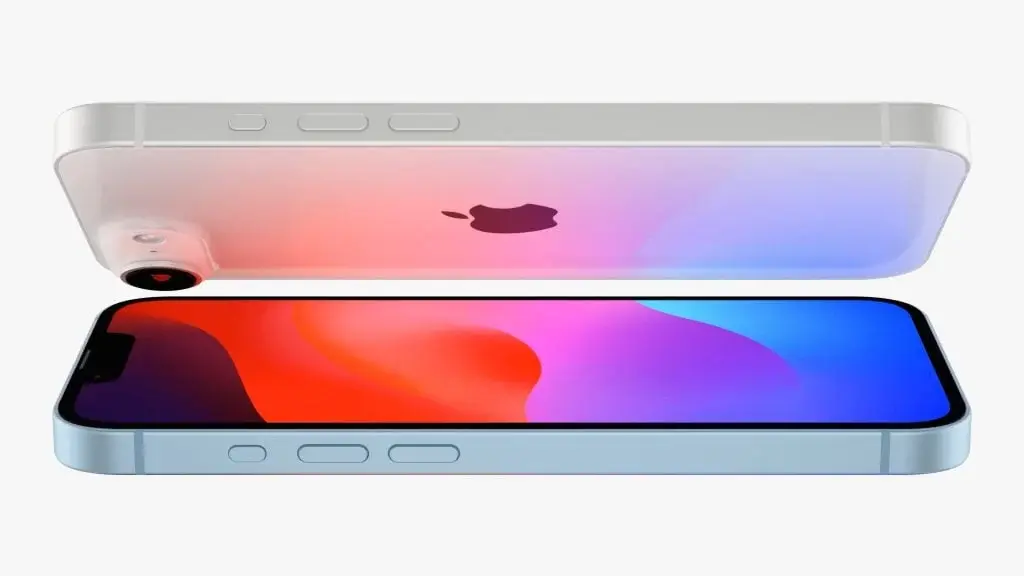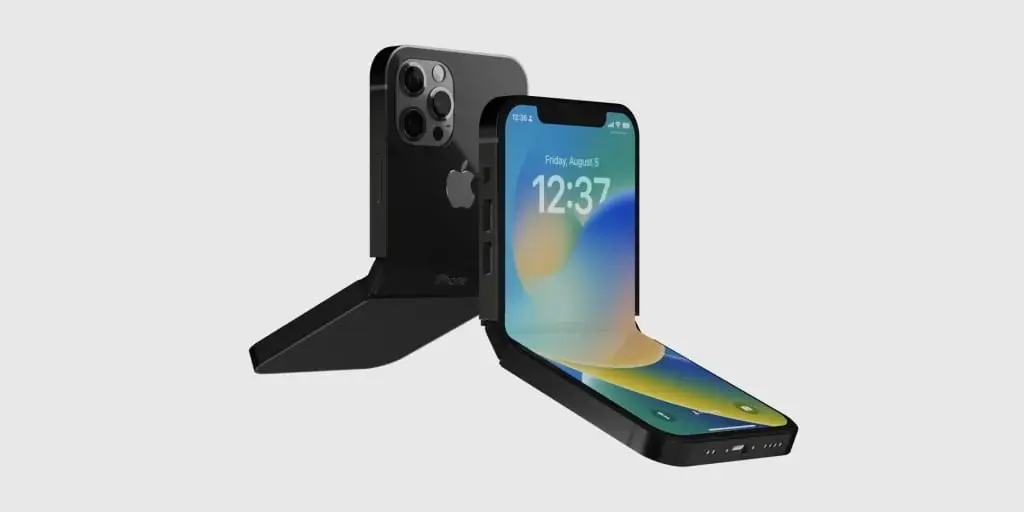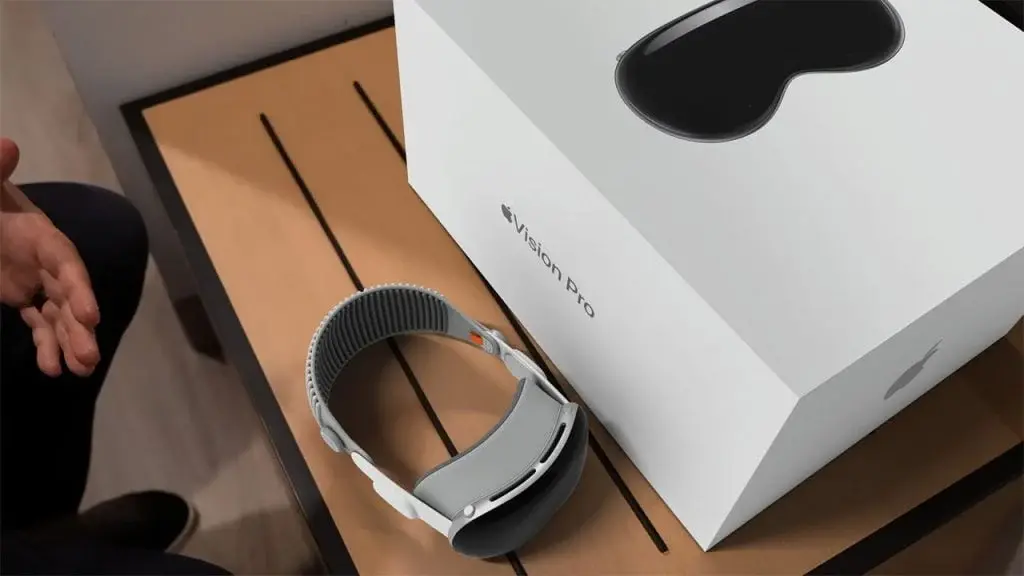The landscape of the European smartphone market has undergone a significant shift with Apple emerging as the new leader, surpassing Samsung after a prolonged period of competition. Apple's success in the holiday quarter of 2023, where it shipped 12.4 million units, marked a crucial milestone, breaking Samsung's seven-quarter streak at the top.
Market Dynamics and Performance
This change in leadership not only highlights Apple's achievements but also signifies broader market trends. Despite an overall 3% decline in smartphone shipments to 37.8 million units in Europe during the fourth quarter of 2023, Samsung managed to maintain its position with 10.8 million units shipped, even though it faced a 12% decrease. This resilience can be attributed in part to Samsung's popular S-series and A-series offerings.
Emerging Competition and Growth
The competitive landscape extends beyond Apple and Samsung, with players like Xiaomi, Motorola, and Honor making notable strides. Motorola and Honor, in particular, showcased impressive year-on-year growth rates of 73% and 116% respectively. However, it was Apple's premium models, particularly the iPhone 15 Pro, that dominated the market, capturing almost 40% of the share—a remarkable achievement for high-end smartphones in Europe.
Future Trends and Strategies
Analysts point to a rising preference for high-end devices and commend Apple's strategic initiatives to leverage upcoming refresh cycles. Collaborations with financial institutions like Santander in Spain exemplify Apple's efforts to expand its market presence. As forecasts predict single-digit growth for the European smartphone market in 2024, the focus is shifting towards enhancing user experiences through on-device AI, personalized services, and seamless ecosystem integration.
'Price and Specifications:'
- Apple iPhone 15 Pro: Starting at €999
- Samsung Galaxy S-series: Starting at €799
- Samsung Galaxy A-series: Starting at €399
This shift in leadership underscores the dynamic nature of the European smartphone market, with Apple's rise to the top symbolizing a new era of competition and innovation.

